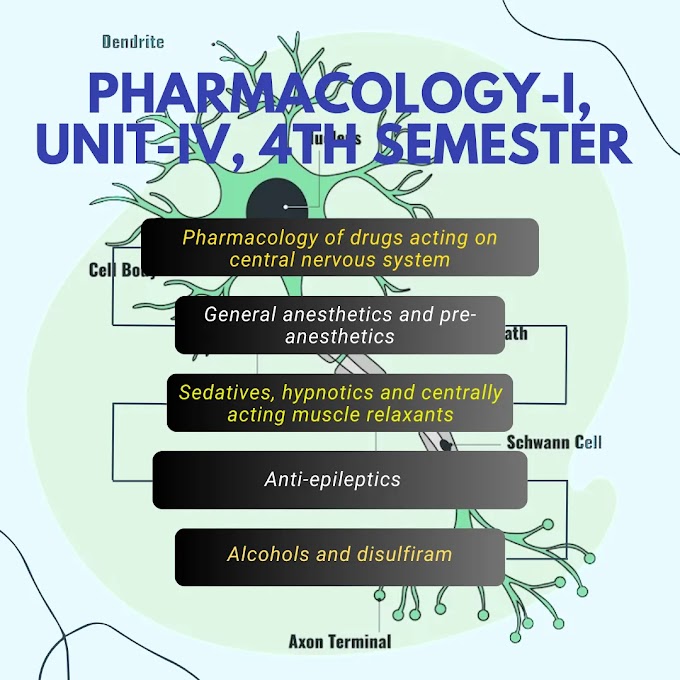General Pharmacology
Contents :-
INTRODUCTION
Pharmacology
Pharmacology is the science of drugs (Greek: Pharmacon drug; logos-discourse in). In a broad sense, it deals with interaction of exo- genously administered chemical molecules with living systems, or any single chemical substance which can produce a biological response is a 'drug'. It encompasses all aspects of knowledge about drugs, but most importantly those that are relevant to effective and safe use for medicinal purposes.
For thousands of years most drugs were crude natural products of unknown composition and limited efficacy. Only the overt effects of these substances on the body were rather imprecisely known, but how the same were produced was entirely unknown. Pharmacology as an experi- mental science was ushered by Rudolf Buchheim who founded the first institute of pharmacology in 1847 in Germany. In the later part of the 19th century, Oswald Schmiedeberg, regarded as the 'father of pharmacology', together with his many disciples like J Langley, T Frazer, P Ehrlich, AJ Clark, JJ Abel propounded some of the fundamental concepts in pharmacology. Since then drugs have been purified, chemically characterized and a vast variety of highly potent and selective new drugs have been developed. The mechanism of action including molecular target of many drugs has been elucidated. This has been possible due to profific growth of pharmacology which forms the backbone of rational therapeutics.
Pharmacodynamics
(Greek: dynamis-power) -What the drug does to the body.
This includes physiological and biochemical effects of drugs and their mechanism of action at organ system/sub-cellular/macro-molecular levels, e.g.-Adrenaline → interaction with adrenoceptors → G-protein mediated stimulation of cell membrane bound adenylyl-cyclase → increa- sed intra-cellular cyclic 3,5 AMP → cardiac stimu-lation, hepatic glycogenolysis and hyperglycaemia, etc.
(Greek: dynamis-power) -What the drug does to the body.
This includes physiological and biochemical effects of drugs and their mechanism of action at organ system/sub-cellular/macro-molecular levels, e.g.-Adrenaline → interaction with adrenoceptors → G-protein mediated stimulation of cell membrane bound adenylyl-cyclase → increa- sed intra-cellular cyclic 3,5 AMP → cardiac stimu-lation, hepatic glycogenolysis and hyperglycaemia, etc.
Pharmacokinetics
(Greek: Kinesis-move- ment) What the body does to the drug.
This refers to movement of the drug in and altera- tion of the drug by the body; includes absorption, distribution, binding/localization/storage, bio- transformation and excretion of the drug, e.g. paracetamol is rapidly and almost completely absorbed orally attaining peak blood levels at
(Greek: Kinesis-move- ment) What the body does to the drug.
This refers to movement of the drug in and altera- tion of the drug by the body; includes absorption, distribution, binding/localization/storage, bio- transformation and excretion of the drug, e.g. paracetamol is rapidly and almost completely absorbed orally attaining peak blood levels at
👇



